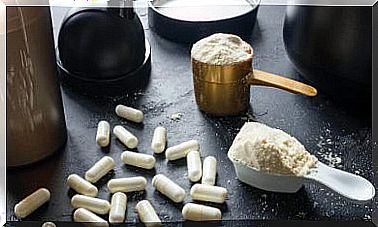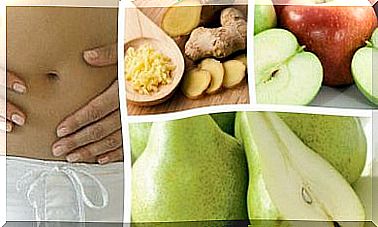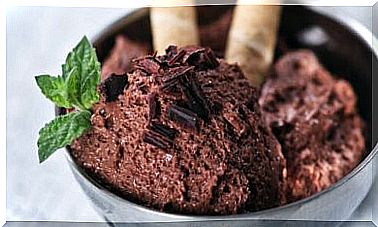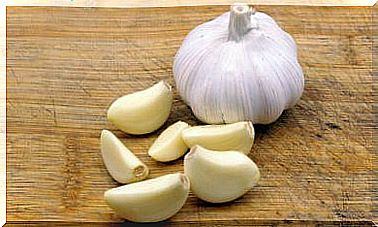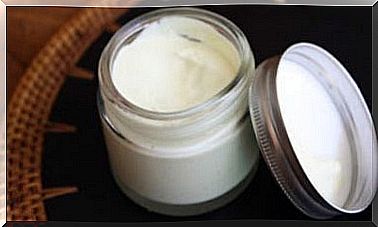How Cold Affects Plants And Examples For Your Garden
Especially in the high and mountainous regions, the passing of the seasons is felt and the fall of the thermometers can destroy your vegetation if you do not pay the necessary care. Therefore, it is important that you know how the cold affects plants.
Depending on where you live, changes in outside temperatures can affect your garden more or less severely. From dry summers to freezing winters, perennials have to adapt to the most diverse climatic conditions.
One of the wonders of the plant kingdom is that it allows us to contemplate the cycles of life. The autumn ocher tones and the splendid blooming in spring show us the natural contrasts and transformations of the landscape. However, each plant has different climatic requirements and it is necessary to take them into account when creating our garden.
How does the cold affect plants?
Those who have not dealt with plants might think that these, because they are not warm-blooded organisms, can withstand climatic variations without suffering. But we cannot forget that they are living beings and that, therefore, environmental changes affect them. So, if you are wondering how the cold affects plants, you should know that they are affected in different ways.
In general, the drastic drop in temperatures causes ice crystals to form on plants. When these are generated inside the plant cell, the result is lethal, since the death of the tissues occurs. On the other hand, when these crystals are created in the intercellular space, an extreme desiccation of the plant occurs.
In addition, low temperatures influence chemical reactions, slowing them down. For the same reason, in the face of cold there is less metabolic energy available, so the absorption of water and nutrients is limited and growth stops.
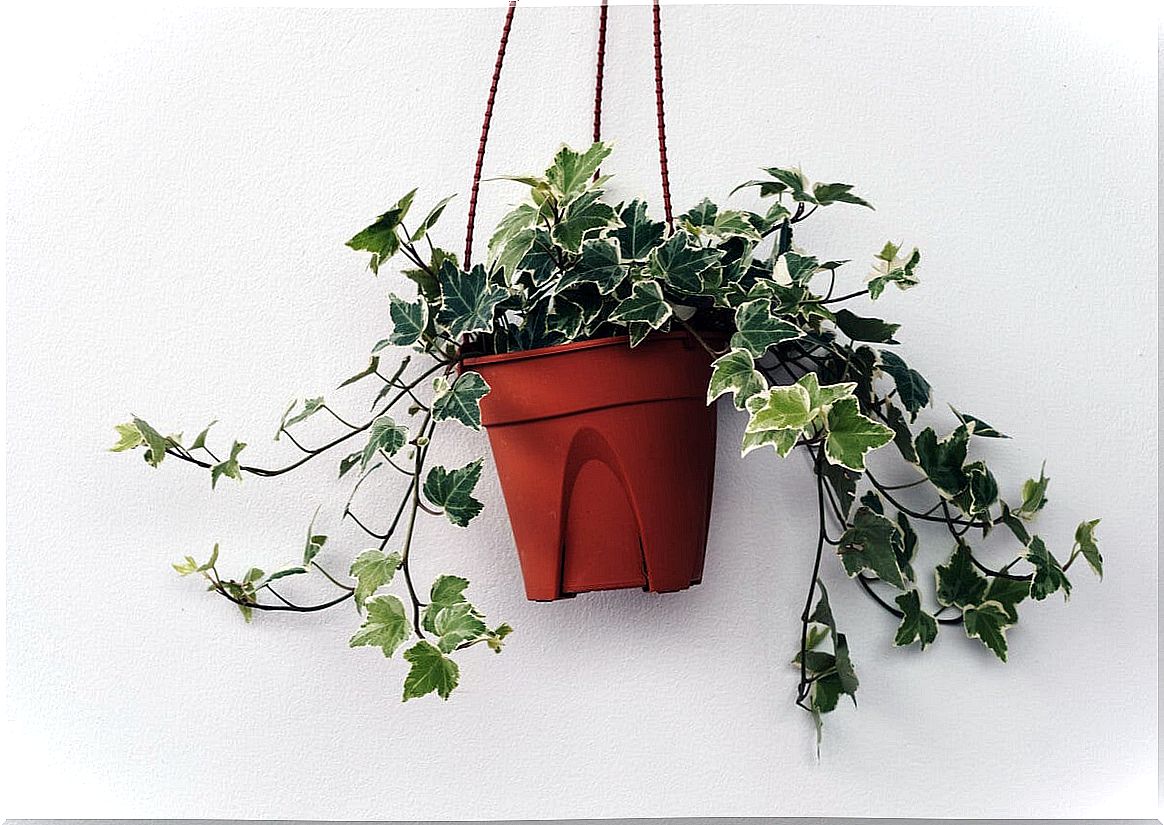
How do some plants fight the cold?
Given this situation, some plants have developed mechanisms to become resistant to cold. Thanks to these adaptations they are able to survive low temperatures and even frost.
One of the main mechanisms they use is the accumulation of solutes or sugars. This lowers the temperature at which ice crystals form, depressing the freezing point. On the other hand, plant cells are capable of generating antifreeze proteins that prevent the formation of ice crystals in the intercellular space.
But also, to avoid desiccation, some plants synthesize proteins called dehydrins . These prevent the water content of the plant from falling and stabilize the membranes. It is also common for the lipid composition of cell membranes to be altered to adapt to cold weather.
Other plants, due to their own structure, are more resistant to low temperatures. For example, those of smaller size and that grow at ground level have an advantage to resist the winds and accumulate heat. In the same way, certain species darken their pigmentation to better absorb heat and others hibernate , paralyzing their growth until the arrival of warmer periods.
Some winter garden plants
In view of the above, it is clear the importance of selecting plants adapted to cold climates if we want our garden to look lush during winter. For this we are going to propose some of the most appropriate species.
Ornamental cabbage
It is one of the most showy and striking plants that we can choose. Ornamental cabbage requires cold temperatures to develop its beautiful pink to purple coloring and can be in the sun as well as in the shade. Just make sure it has a moist, nutrient-rich substrate.
Ivy
Common ivy is one of the most resistant plants and adaptable to all types of environments. This evergreen plant is perfect for upholstering any wall and will stay in perfect condition throughout the year with minimal care. It will be enough to provide it with good indirect sunlight and water it once a week.
Lavender
This wild aromatic plant has excellent resistance to cold, as it supports up to 15 degrees below zero. In addition, it is a beautiful decorative choice that will make your garden look magnificent. To grow it needs direct sunlight and good drainage.
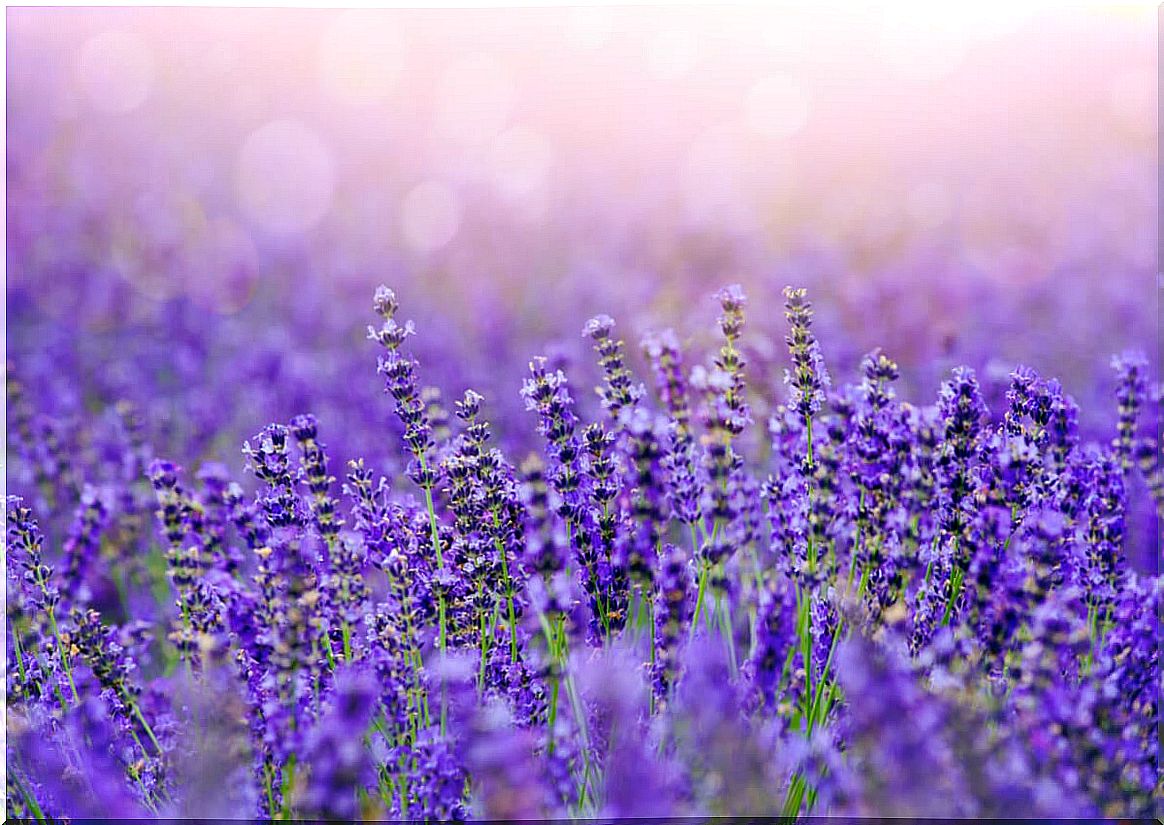
Rhododendron
Our last recommendation is the rhododendron or azalea. And it is that this cold-resistant plant blooms precisely in the winter months. In addition, it has numerous subgenres that we can choose from depending on the color of the flowers that we prefer.
Know how cold affects plants to build your garden
Now that you know how cold affects plants, you can make a better choice when building your garden. Choose resistant plants, adapted to the climatic conditions of your area and place them in the ideal places.
Remember that, for example, while some plants require direct sunlight, others can be harmed by it. In short, now you can stop looking at your garden with nostalgia when the cold months approach. You already know how to take care of it.
